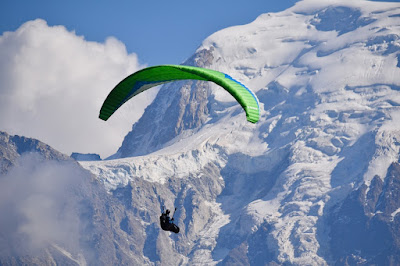Base jumping is an exhilarating extreme sport that involves jumping from fixed objects, such as cliffs, bridges, or buildings, and freefalling before deploying a parachute to slow down and land safely. The term "BASE" in base jumping is an acronym that stands for the four categories of fixed objects from which jumps are typically made: Building, Antenna, Span (referring to bridges), and Earth (referring to cliffs or natural formations).
Base jumping differs from traditional skydiving in several ways. Firstly, base jumps are made from much lower altitudes compared to skydiving. While skydivers jump from airplanes at altitudes typically above 10,000 feet, base jumpers launch from objects that are usually a few hundred to a couple of thousand feet high. This shorter distance means that base jumpers have less time to deploy their parachutes and execute their landing.
Secondly, base jumping involves a much faster initial descent compared to skydiving. Base jumpers experience an intense adrenaline rush as they quickly accelerate during the freefall due to the relatively low starting altitude. The initial moments of a base jump are characterized by a rapid descent and an intense feeling of speed.
Furthermore, base jumpers have less margin for error compared to skydivers. The lower altitude and shorter time available for parachute deployment mean that base jumpers must have precise timing and a thorough understanding of their equipment. The margin for error in base jumping is significantly smaller, as there is less time to correct mistakes or handle emergencies during the descent.
Lastly, base jumping carries higher inherent risks than traditional skydiving. The proximity to the object being jumped from, the increased speed, and the potential obstacles in the landing area pose significant challenges. Base jumpers must carefully assess environmental factors, such as wind conditions and landing zones, to ensure a safe jump. Due to these added risks, base jumping is considered one of the most dangerous adventure sports.
In summary, base jumping involves jumping from fixed objects at lower altitudes, experiencing a faster initial descent, having less margin for error, and carrying higher inherent risks compared to traditional skydiving. It requires a high level of skill, experience, and risk management to execute safe and thrilling jumps.
No big deal. Just @BadgerWrestling assistant @Jon_Reader BASE jumping off the Perrine Bridge. pic.twitter.com/LHyDVEOk7Q
— Adam Engel (@AdamEngel9) July 8, 2023
Photo: Pixabay (free)

No comments:
Post a Comment
Thanks for your comment.